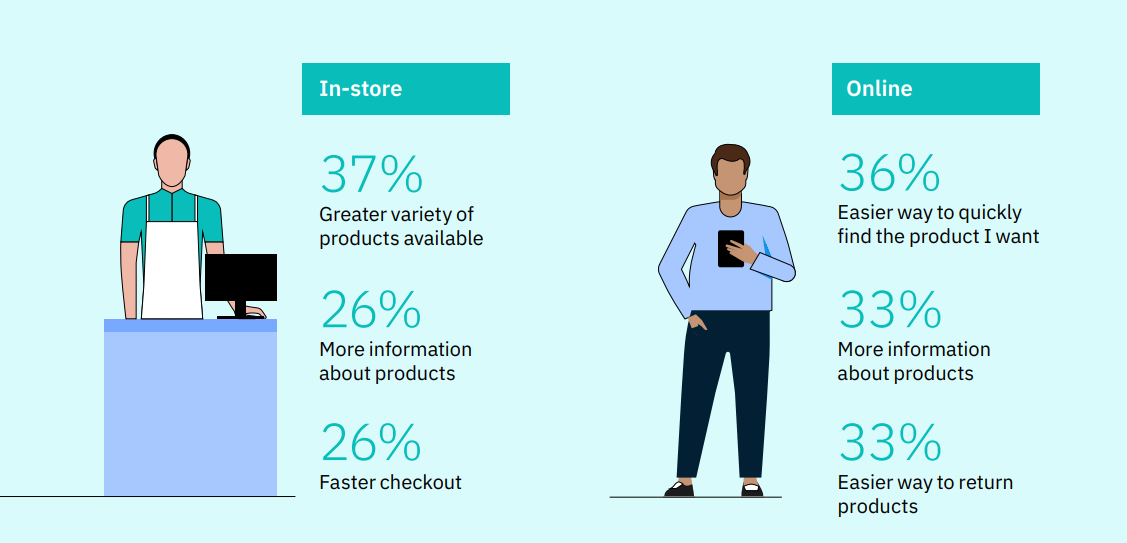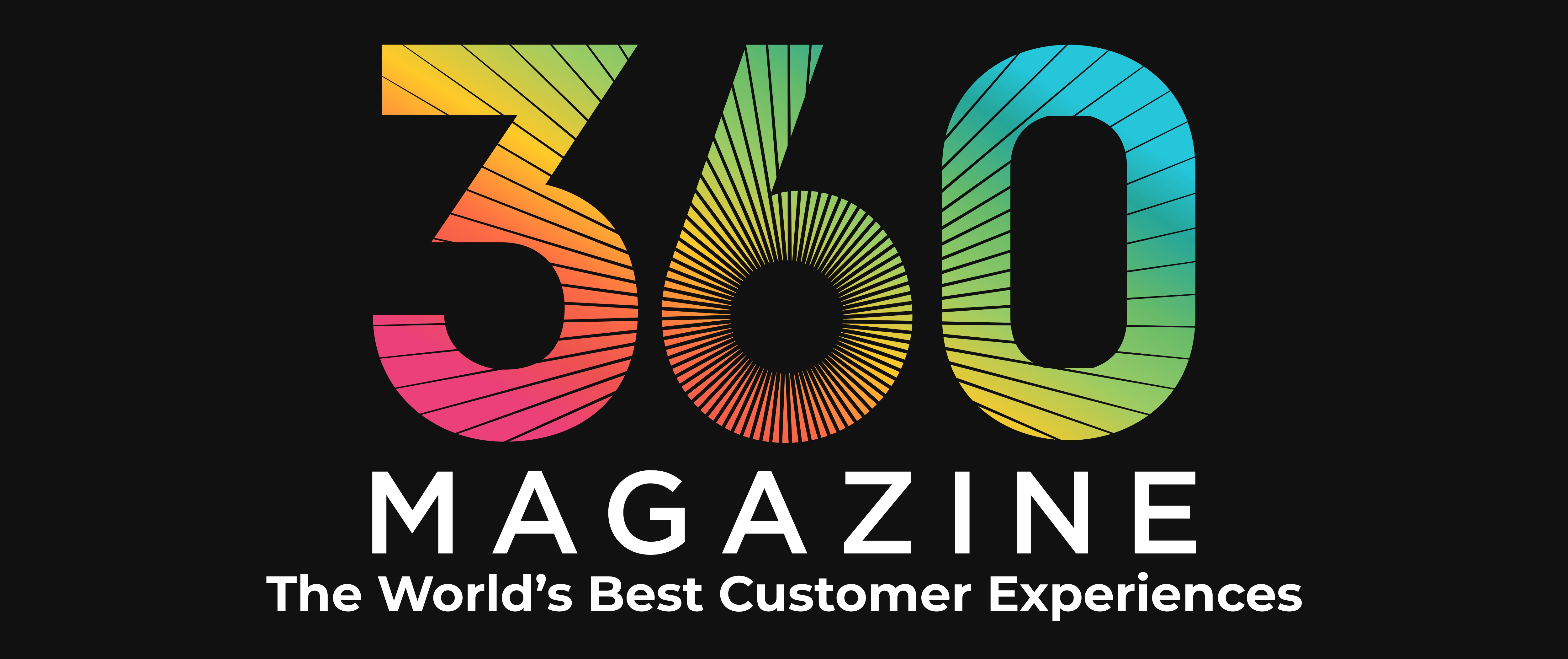Only 9% of consumers are content with in-store experiences

Shane Schick tells stories that help people innovate, and to…
Nearly three-quarters of retail customers may prefer to shop at a physical location rather than online, but what they’re finding when they walk in isn’t living up to their expectations, according to research published by IBM.
The Armonk, N.Y.-based tech giant surveyed more than 20,000 consumers from around the world to produce its third biennial study, titled Revolutionize retail with AI everywhere: Customers won’t wait.
Big Blue’s research found several areas where retailer need to improve the in-store experience. These include more variety of products, which was cited by 37 per cent of consumers, more information about products and a faster checkout. Just over a quarter of respondents cited the latter two areas.
There were similar sentiments about online shopping. While two thirds of consumers say they discover new products through the web, lack of information about products and difficulty finding what they want were the top challenges. There were also a significant number of shoppers (33 per cent), who said the returns process for online orders needs improvement.

Not surprisingly given the current economy, 62 per cent said price is a top reason to switch retail brands. More than half (55 per cent) also said they’re looking for flexible payment options, such as the 46 per cent who expressed an interest in installment plans.
“Most of all, (shoppers) want things to just work. But they often don’t,” the report’s authors wrote. “To deliver the streamlined experiences consumers expect, brands and retailers must create connected experiences, personalize the journey, enable shopping platforms, and make paying more convenient.”
360 Magazine Insight
You know what’s coming: AI to the rescue! IBM found that 59 per cent of consumers are “eager” for AI applications, and 55 per cent are even welcoming to virtual assistants.
While there’s no denying generative AI and traditional machine learning could work wonders for retailers, they could also take some more basic steps to improving experiences. Taking a second look at outdated assortment and merchandising processes, for instance, could address some of the concerns around selection, while appropriate signage and labelling could provide product information as well as an AI-powered mobile web site.
It’s worth noting that the ungated, 32-page IBM report wasn’t ridiculously bullish on the AI options. It noted, for instance, that many consumers have been disappointed by their initial interactions with virtual assistants. Only one third of those surveyed were satisfied with such experiences.
One question that might have been worth asking is how consumer perceptions and expectations have changed since the pandemic. After all, many firms bragged about how quickly they achieved digital transformation amid lockdown. Some feedback from consumers could add to the reality check the report already provides to ambitious retailers.
Beyond the hard data, this report is worth reviewing for some of the case studies, such as one with Boots U.K., which showcase how some retailers are contending with customer experience challenges through technology. There is also some practical advice on transitioning to contextual offers and some guidelines on moving to a more sustainable retail operation.
Shane Schick tells stories that help people innovate, and to manage the change innovation brings. He is the former Editor-in-Chief of Marketing magazine and has also been Vice-President, Content & Community (Editor-in-Chief), at IT World Canada, a technology columnist with the Globe and Mail and Yahoo Canada and is the founding editor of ITBusiness.ca. Shane has been recognized for journalistic excellence by the Canadian Advanced Technology Alliance and the Canadian Online Publishing Awards.















